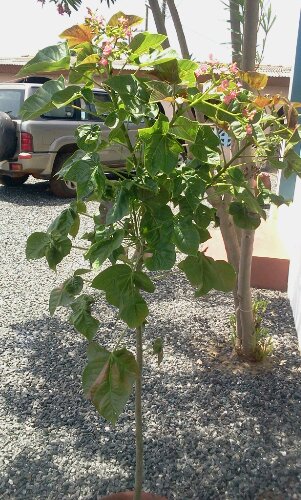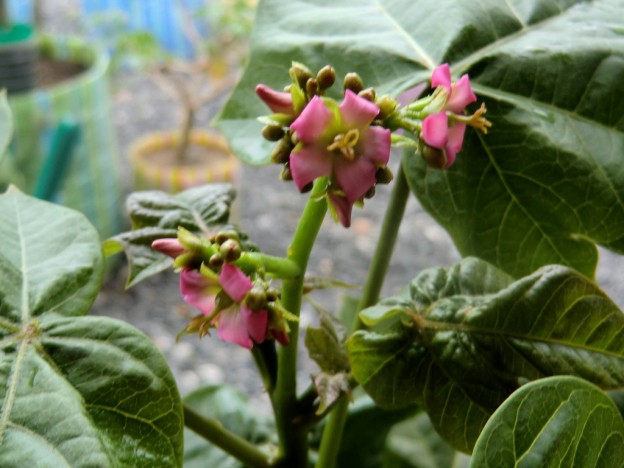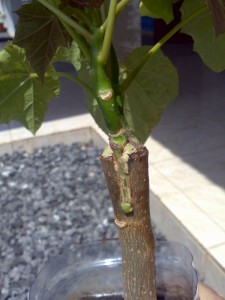This is the first post after reformatting this blog and transferring it from wordpress.com to our own domain. So welcome back to this renewed effort of bringing more insight about a fascinating plant to a wider audience. Today I will comment on recent industry and put it in the context of the general development of the Jatropha industry in 2012.
A lot of significant changes occurred in the industry over the recent year. I like to look at them from the perspective of an obvious ongoing move from generation 1 to generation 2 in the development of new Jatropha curcas projects around the world. The focus is still restricted on Jatropha as a commercially viable energy crop. While the more recent years already saw the majority of the generation 1 projects radically cut back or disappear all together, in 2011 we saw a few more serious generation 1 protagonists leave the scene. Above all Sun Biofuels Ltd., a UK company active in Mozambique and Tanzania suspended operations in October after a very upbeat report in Businessweek only a few months earlier. And only a few days ago the incumbent self-declared Jatropha heavy weight Mission NewEnergy Limited publicly announced a severe scale back of their Jatropha operations after admitting extremely disappointing harvesting results in 2011. Had they only listened to us 2 years earlier… 😉
Here are the key statements from Mission’s news announcement and my personal comments about them:
“The harvest is significantly lower than company expectations.”
—> How come they woke up all of a sudden? Welcome to reality…
“The company believes that the lower than expected harvest season is a result of historically planting wild seed varieties which have large yield variability in its early years of growth before the trees mature.”
—> Seems like they are among the last in the industry finally realizing what was written in endless reports over and over again the last 2 years.
“The Company expects maturity to be achieved in the seventh year of planting.”
—> They still prefer to dream on. Their current planting material will simply never become a winner how ever long they wait.
“The company expects that both productive acreage and yield estimates will be materially down graded and awaits the completion of the 2012 harvest season in December 2012 to provide further clarity.”
—> No reason to wait any longer. Admit complete failure now, apologize to your investors and restructure your business immediately.
“The company has decided not to undertake further planting of Jatropha until yield from existing acreage is determined.”
—> so what are they going to do instead? Just sit on their hands and wait for their investors’ cash to completely melt away?
Now this incident is like a flash back on the phase out of generation 1 projects, but we also saw some clear indications of generation 2 coming up on the horizon. So what should we look for in the next round? Quite simple: Better, commercial planting material coming from truly professional breeders and used by experienced farming professionals (Yes, there are a few around!). The first rank in plant development capabilities I would give to Joil from Singapore as probably the best funded and staffed breeder worldwide today. While I still believe that as a “boutique breeder” we are better positioned for a generation 3 Jatropha strategy with high yielding, non-toxic hybrid cultivars especially for Africa.
And finally a brief look at the ever increasing flow of scientific reports is encouraging too. There is not only an increase in numbers but seemingly also in quality and amount of knowledge established. On a special page I will start listing some of the most important scientific documents for Jatropha development and provide download links whenever possible.





